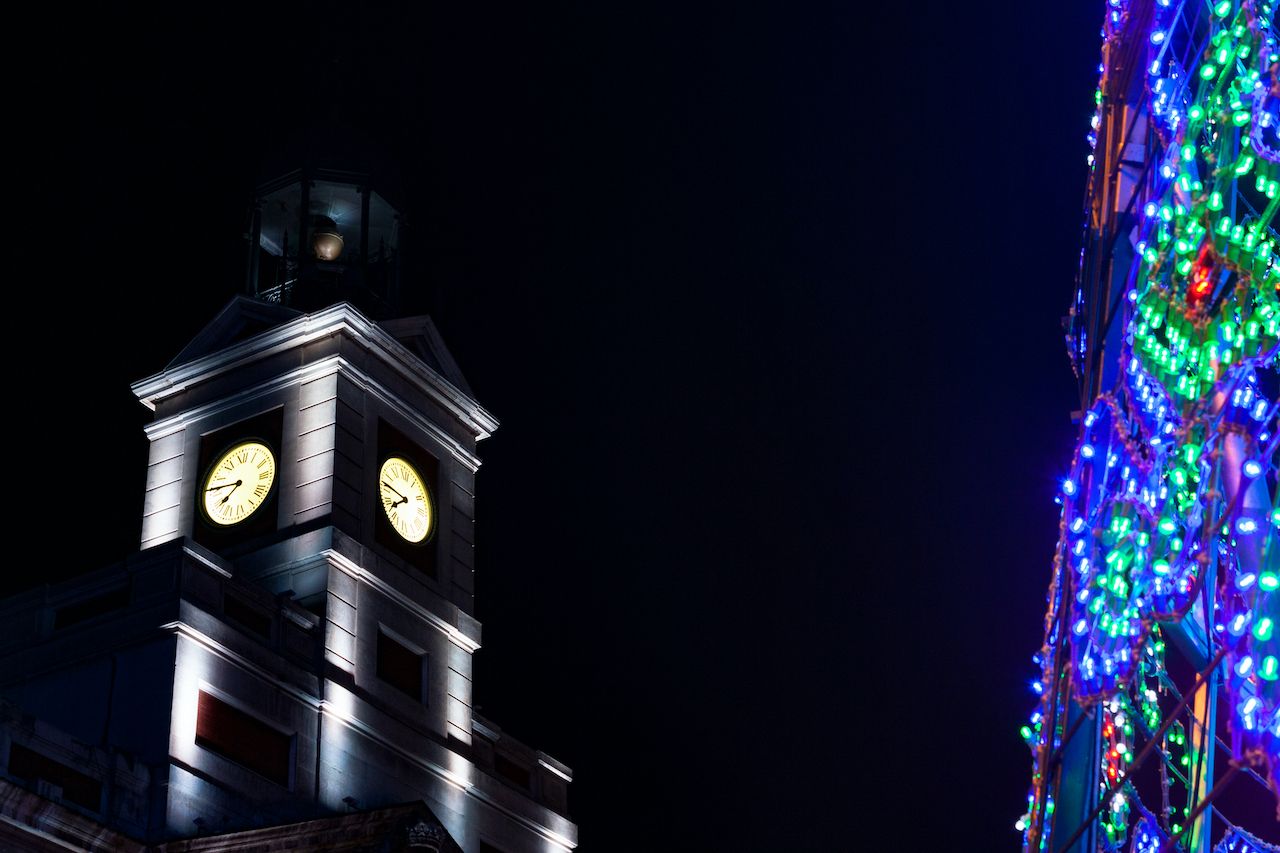When Javier Vallès Osborne was a boy in Barcelona, he struggled to cram, chew, and swallow 12 grapes, one every two seconds, at midnight on New Year’s Eve.
“It was una p—a,” says Vallès, speaking in Spanish and using a word best left unprinted, which essentially means it was effing hard. “The grapes were super big and with seeds. I didn’t want to eat the seeds, but it had to be the whole thing.”

